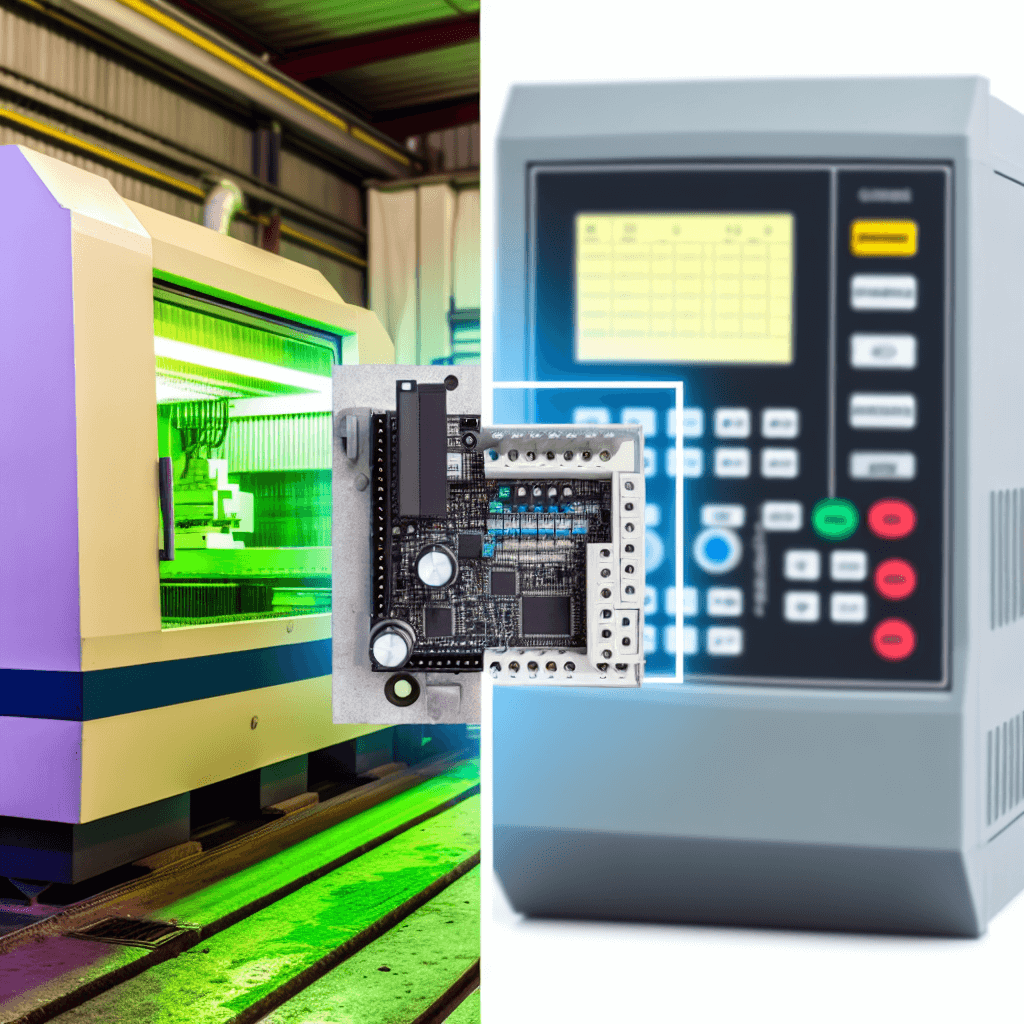When venturing into the world of automated control systems, two acronyms frequently appear: CNC and PLC. Both CNC (Computer Numerical Control) and PLC (Programmable Logic Controller) systems play crucial roles in modern manufacturing and industrial processes, yet they serve different functions and are applied in varying contexts. Understanding the distinctions between CNC and PLC can help professionals to make informed decisions about the right kind of automation for each specific application.
Let's start by diving into the realm of CNC systems. CNC technology is primarily utilized in precision machining, where it controls the movement and operation of machine tools. This type of control system is specifically designed for applications that require high levels of accuracy and repeatability, such as milling, drilling, and turning. A CNC system operates based on a programmed sequence that dictates the movement of machinery on multiple axes, ensuring complex shapes and dimensions can be produced with exact precision. One of the key characteristics of CNC machines is their ability to convert a digital design into a physical part with minimal human intervention, relying on sophisticated software and hardware to execute the process.
In contrast, PLCs are the workhorses of the industrial automation sector. These rugged and versatile devices are designed to automate a wide array of processes, ranging from simple to complex. PLCs are widely used for automation tasks in various industries, such as manufacturing lines, material handling, robotic systems, and environmental controls. They are programmed to perform a series of logical operations based on input signals received from sensors and switches. The PLC processes these inputs and executes pre-defined control commands to manage actuators or other output devices. Unlike CNC systems, PLCs are primarily concerned with the logical sequencing and control of industrial processes rather than the direct control of machinery.
One of the primary differences between CNC and PLC systems is their application specificity. CNCs are specialized for machine tool control, executing detailed and intricate tasks that demand precision. Conversely, PLCs are more adaptable and can be reprogrammed to control a variety of industrial processes. This adaptability makes PLCs invaluable in scenarios where processes might change or evolve over time. PLCs are built to endure the harsh conditions often found in industrial environments, including extreme temperatures, vibrations, and electrical noise, which further underscores their suitability for a broad range of applications.
Another notable difference lies in the programming language and interfaces used by each system. CNC machines are typically programmed using G-code or other proprietary machine languages that specify the exact movements and operations for the machine tools. These programs are often created using computer-aided manufacturing (CAM) software that translates a computer-aided design (CAD) model into a set of instructions the CNC machine can understand. On the other hand, PLCs are programmed using ladder logic or other higher-level programming languages like Structured Text or Function Block Diagram. These languages are more accessible and intuitive for engineers and technicians, making it easier to program and debug the logic controlling the automation process.
While both CNC and PLC systems aim to enhance efficiency, accuracy, and consistency in industrial settings, their roles are distinct. A CNC is the artist of precision machining, transforming raw materials into finely crafted components with exceptional accuracy. A PLC, on the other hand, is akin to the conductor of an orchestra, coordinating the various elements of an industrial process to create harmony and efficiency. Both are indispensable in their respective domains, and the choice between a CNC or a PLC system depends entirely on the specific requirements of the task at hand.
Understanding these differences is not just an academic exercise; it's key to optimizing production processes, reducing waste, and increasing overall operational efficiency. In industries where the production of complex parts is the priority, CNC systems will likely take center stage. Meanwhile, in broader industrial automation projects, PLCs will be the go-to solution for their robustness and flexibility. The decision between employing a CNC or a PLC is a strategic one that should be made with a clear understanding of the capabilities and advantages of each system.
In conclusion, while there is some overlap in the functionalities of CNC and PLC systems—particularly in their role as foundational technologies for automation—their differences are significant. They cater to unique needs within the world of manufacturing and industrial control. By recognizing these distinctions and applying each system where it fits best, manufacturers and technicians can ensure that they harness the full potential of automation technology to drive progress and efficiency.

